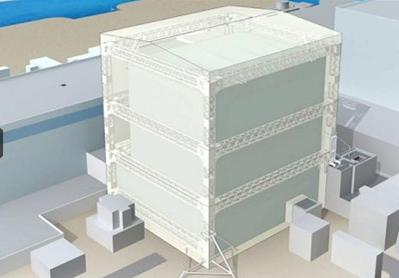In their ongoing effort to accomplish a cold shutdown by January, Tokyo Electric Power Co (Tepco), the beleaguered operator of the crippled Fukushima Daiichi nuclear-power plant said it had resumed the use of recycled water to cool the reactor cores this weekend, a week after its first attempt was suspended due to leaks that developed within minutes of starting up the recycled water system.
Tepco has installed a tank to store 1,000 metric tons of decontaminated water to complete the recycling system, stabilizing the water source for cooling the Nos. 1-3 reactors, eliminating the need to use fresh water from an outside source to cool the reactors, and creating even more irradiated water, which then requires storage or disposal.
Establishment of a closed cooling system is essential to stabilizing the Daiichi reactors and getting the reactors to cold shutdown, which is defined as lowering the temperature of the fuel rods to below 100 degrees Celsius—water’s boiling point—and keeping it there.
If Tepco’s current efforts are successful, they hope to increase the flow of water and bring down the reactor-core temperatures, which currently hovers between 100 and 160 degrees Celsius.
Even if the recycling system works smoothly, Japan is still left with the problem of how to dispose of the radioactive sludge being created during the filtering process. Japan, like Texas, has a disposal site for low-level radioactive waste, but there are no guidelines for disposing of the type of sludge now being created, which is expected to total 706 metric tons.
In the meantime, work at the complex is being hampered by the unseasonably hot weather. There have been 17 reported cases of heatstroke at the plant in recent weeks.
And if that wasn’t enough
Tepco also faces other issues as senior members of Japan’s government developed secret plans to break up the nuclear plant operator, according to reports uncovered by Reuters.
The plan would bring nuclear operations of Tepco under government control, and force Tepco to sell its power distribution business. Only the power-generation operations that use thermal and hydraulic power plants would remain as the company’s business cutting Tepco’s size to one third of its current operations.
I guess a really, really big mistake costs industry really, really big.



